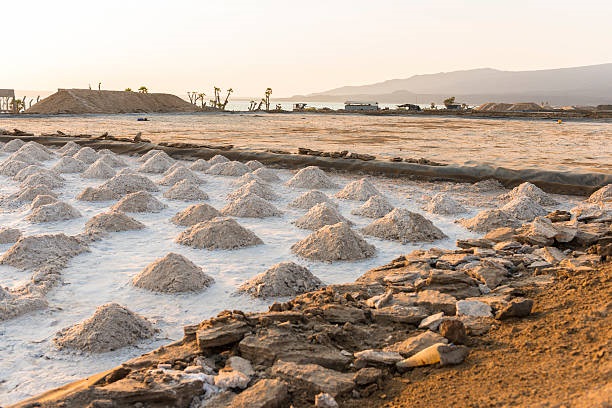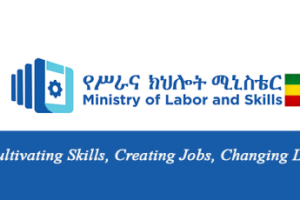
Evidence suggests that human beings have been using natural resource available in surrounding areas so as to sustain in life. Salt is one among many resources that is used for seasoning, animal fating, and even as a skin softener. Apart from being used as a seasoning, experts have made various scientific experiments on salt and have gained important findings. For example, some people are using it to prevent discoloration of clothes, treat pains, extinguishing oil spills, identify spoiled eggs, and preserving foods for a long time. Such findings are supported by both culture and scientific studies.
Potato chips, popcorn, pretzels, nuts, popular foods, all have something in common—lots of salt. Many people find a salty taste pleasant, but salt does more than simply add saltiness. It can also enhance sweetness and hide unpleasant metallic or chemical flavors, rounding out the overall balance of flavors and improving the taste of food. Flavor can also be enhanced by adding herbs, spices, and vinegars, but adding salt is a cheap and easy way to make food taste good.
Unfortunately, taking too much salt has been associated with high blood pressure, which can damage the heart and blood vessels and increase the risk of a heart attack and stroke.
There is also debate about the dangers of salt in connection to human health. Scientists suggested that salt is a precious gift that should be carefully treated and used. Though the suggestion is good, eating any type of food without salt has also side effect in health. According to historical sources, it was used as a valuable spice in China, Greece, the Middle East and others countries.
According to Jamal Ahmed, a professor of geology at Semera University, like underground fuel, salt is classified into two: as geothermal energy, and other geological resources. Bar and the lake are the sources of lake. The resources are divided into upper and lower. As it differs in its natural appearance, salt is used for different purposes. In this regard, it is imperative to mention Potash salts that are used for industrial inputs. The other rock salt is found in Dallol, Afar State.
In ancient times, it was called a bar. Bar salt is dry. It is shaped like a square by traditional salt producers. As to the scientists, there is a huge amount of accumulation. Only in the upper part, salt is found when you go down to 180m. Another type of salt is found in lakes. It is produced through evaporation. The salt left over from the well is used for man-made drilling and extraction with traditional labor. About 95% of the country’s salt is sourced from Afdera of Afar state.
Jamal explained the lake in Afdera area is a source of salt. The soil around it is also salty in itself. The surrounding tributaries wash away the area into the main lake and contribute to the salt reserves when it rains. All of these factors make the area salty. According to Jamal, in the current situation, it is unlikely that salt wealth will diminished. The presence of Tributary River reduces the risk. There are about 750 small and large scale producers in Afdera. Salt producers draw a lot of water out of the lake to produce salt. The lake is more likely to have salt water. The salt water is also found underground. As long as there is a lake feeder river, the source of wealth will continue.
According to Professor Jamal, this salt resource that is included in geology has industrial minerals such as potash, salt, and gypsum. Although he is not sure about the wealth is found in other parts of Ethiopia, he sure about the fact that the presence of salty lake is not the only source of salt. According to sources, the production will take place in the Somali region outside the Afar region. Jamal does not believe that this salt wealth, which is historically important, has been given as a national priority.
He said that even though it has given huge benefit for the people, special concern has not yet given for salt production. In this era of science and technological innovation, salt is produced in Ethiopia in traditional methods.
According to him, Semera University has conducted a survey of salt resources at three major locations in the region, including Afdera. The findings were presented at a forum attended by relevant government officials and stakeholders. They do not think that salt has any economic value.
According to him, salt has never been used as a seasoning. Salt is one of the most widely used chemical industries in the world. Sodaash is a product of salt inputs used by factories, such as soap. Leather factories are also in dire need of salt. Other parts of the world that is prone to frostbite also use salt as a means of dissolving asphalt. In addition to using this salt resource domestically, it is possible to grow the country’s economy by earning foreign exchange as one of the inputs in foreign trade.
The Middle East, in particular, is in dire need of resources. It is possible to benefit from the salt increasing its quality starting from production to marketing phase. Taking this into consideration, Semera University has displayed pilot projects and makes it accessible both for producers and the community in the sector. The university will implement the project with the relevant executive institutions of the region.
According to Jamal’s description, salt is important in many areas, but it is a resource almost neglected. It is safe to say that the country as a whole has benefited from the fact that the manufacturing process has not been updated and its benefits have not been properly utilized.
Evidence suggests that salt products for industrial use are purchased in foreign currency and used locally. It is safe to say that the country as a whole has benefited less from the sector as the manufacturing process has not been updated to make it properly utilized. Higher learning institutions have to conduct various researches and bestow findings to policy makers so as to tap the resource at hand. Much is expected from executive bodies of the government in changing findings into tangible results.
BY STAFF REPORTER
The Ethiopian Herald 1 May 2022





